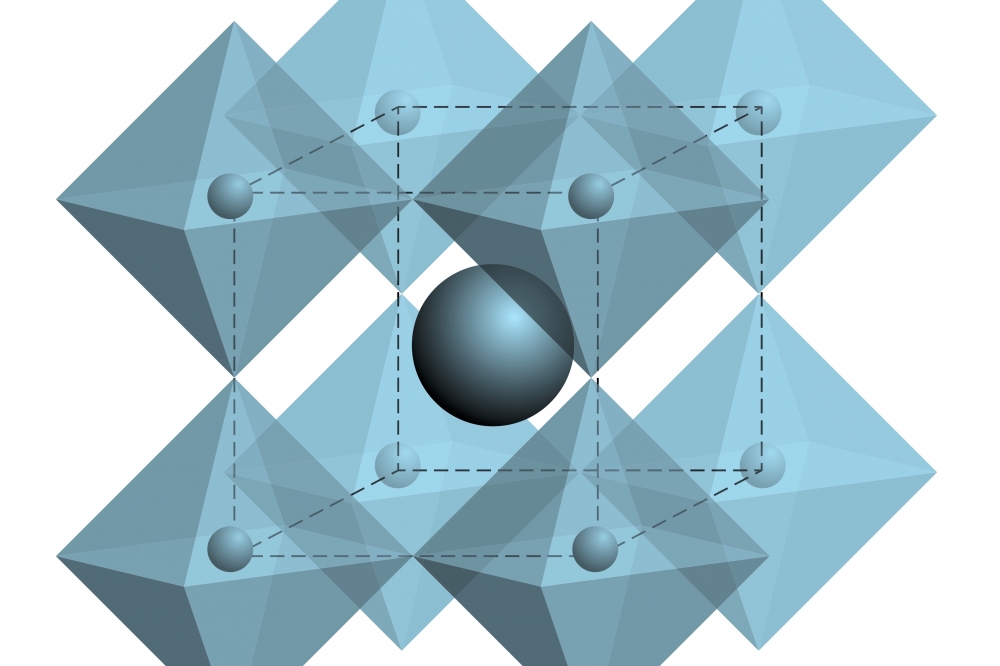Improving perovskite solar scalability

EPFL-led study uses single-crystalline TiO2 nanoparticles to build stable perovskite film
In a new study published in Nature Nanotechnology, an international team led by Mohammad Nazeeruddin at EPFL (École polytechnique fédérale de Lausanne) have found a way to overcome the scaling up problems of perovskites. The scientists have developed an easy solvothermal method that can produce single-crystalline TiO2 rhombohedral nanoparticles that can be used to build a perovskite film.
The new structure features a lower amount of 'lattice' mismatches, referring to the 'ladder-like' structure of the TiO2 nanoparticles. This translates into a lower number of defects, they say, which ensures better electron flow throughout with lower power loss.
Testing the new nanoparticle-based, small-size solar cells, the scientists achieved a power-conversion efficiency of 24.05 percent and a fill factor (a measure of actual obtainable power) of 84.7 percent. The cells also maintain about 90 percent of their initial performance after continuous operation for 1400 hours.
The scientists also fabricated large-area cells, which certified an efficiency of 22.72 percent with an active area of nearly 24 cm2. This “represents the highest efficiency modules with the lowest loss in efficiency when scaling up,” conclude the authors.
Reference
'Single-crystalline TiO2 nanoparticles for stable and efficient perovskite modules' by Ding, Y., Ding, B., Kanda, H. et al; Nat. Nanotechnol. (2022)


































